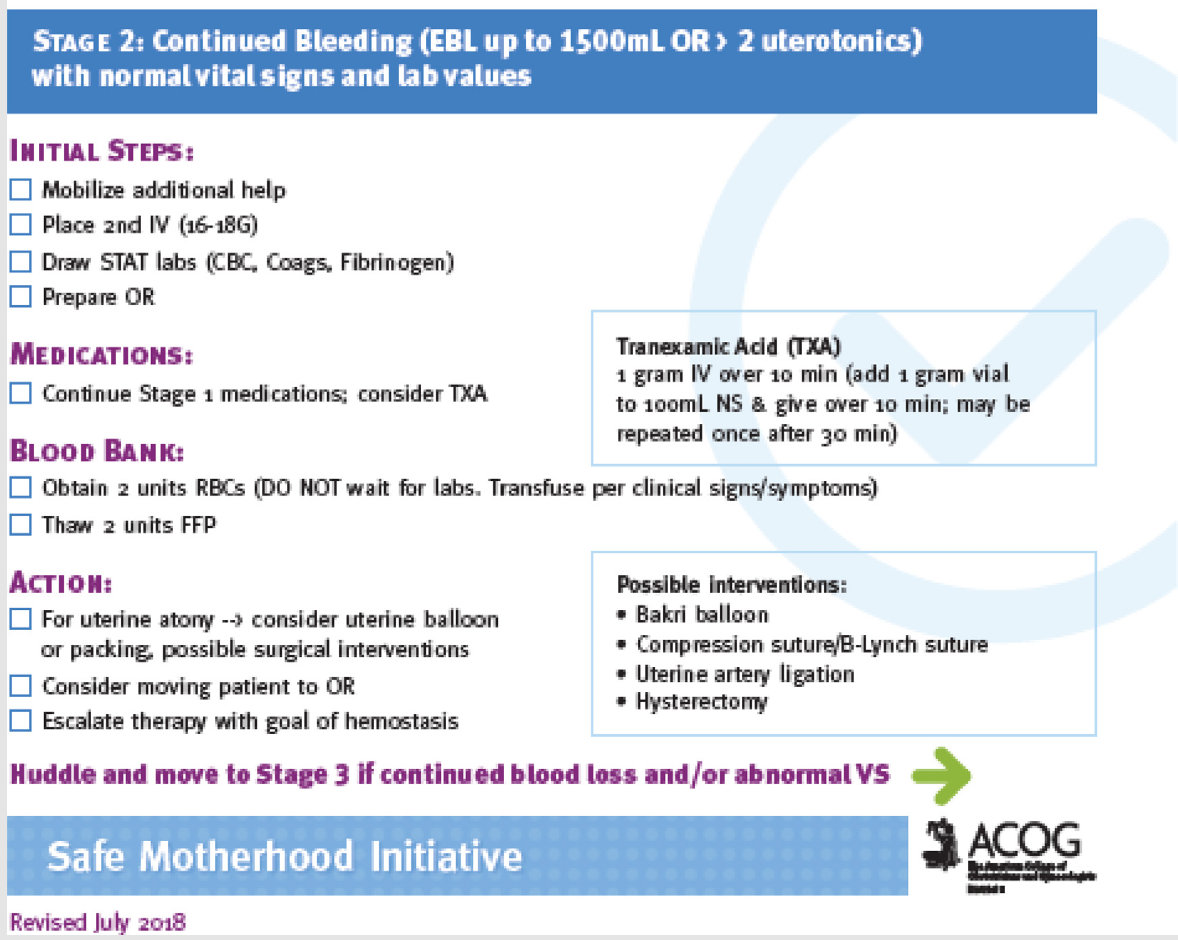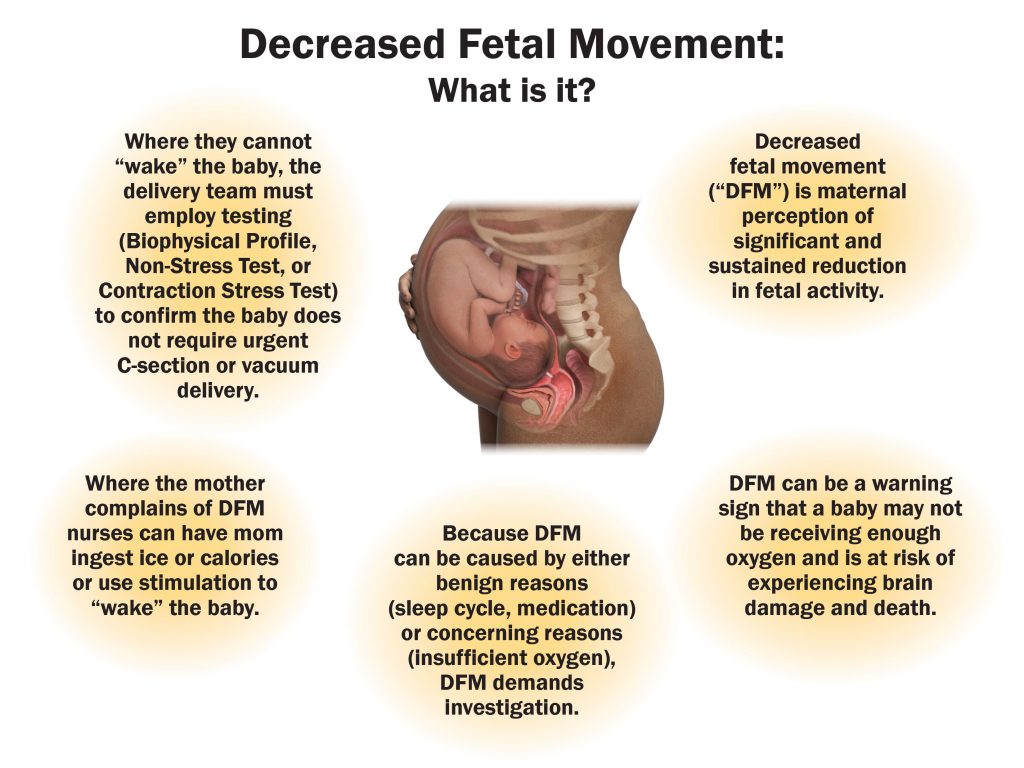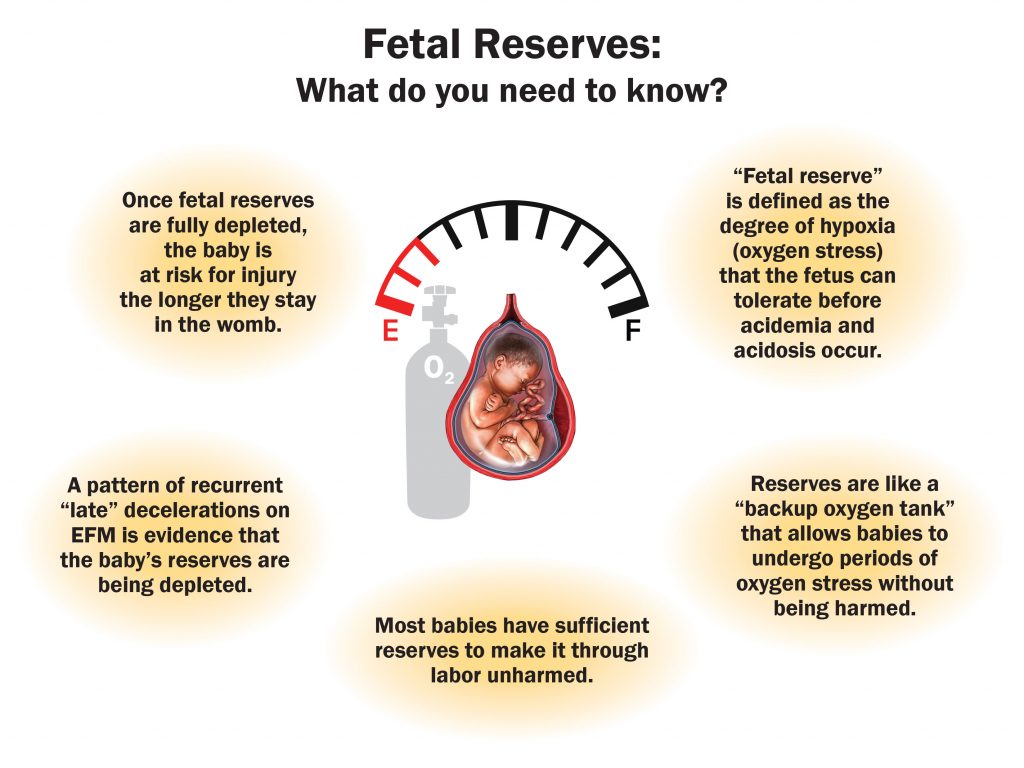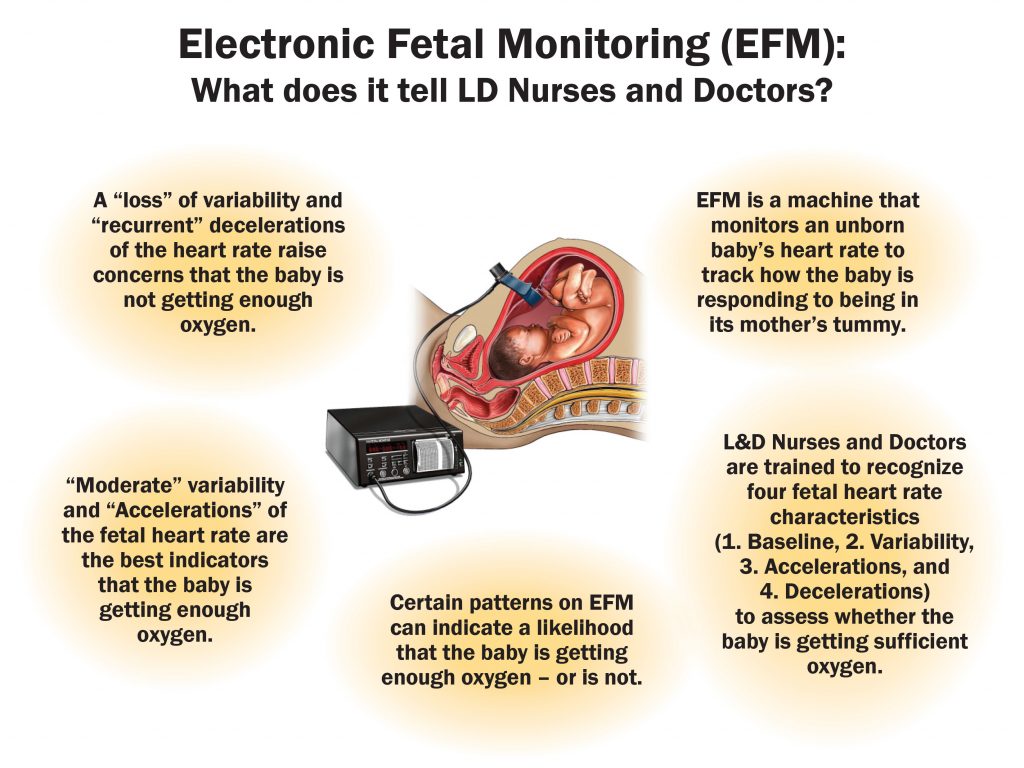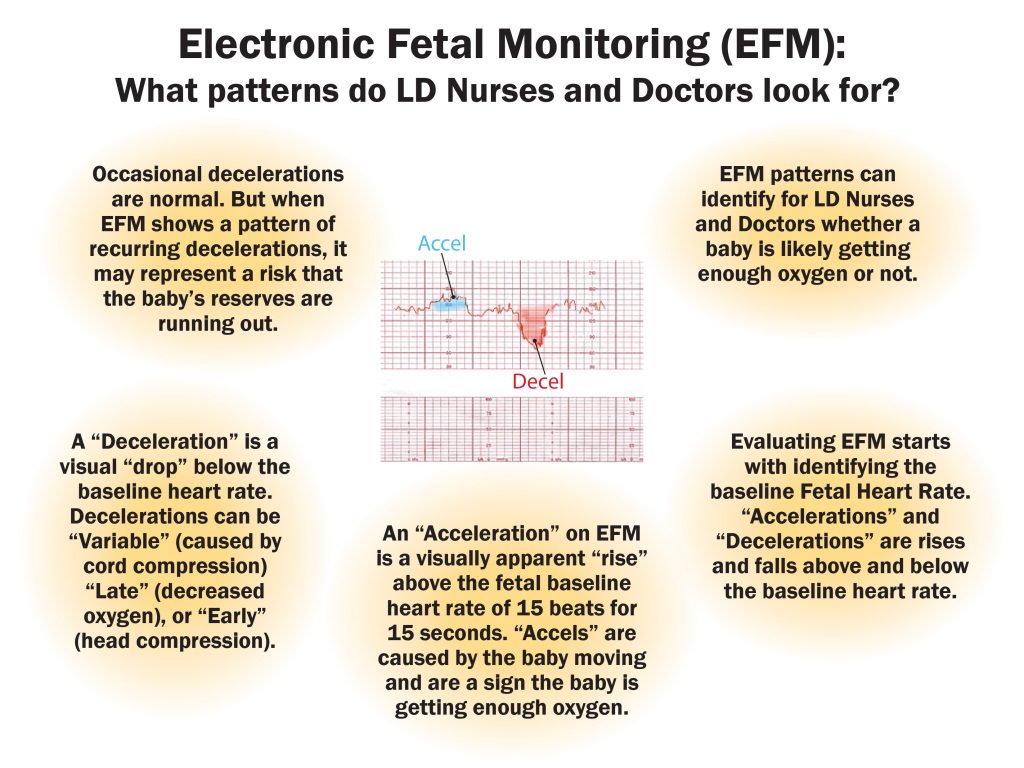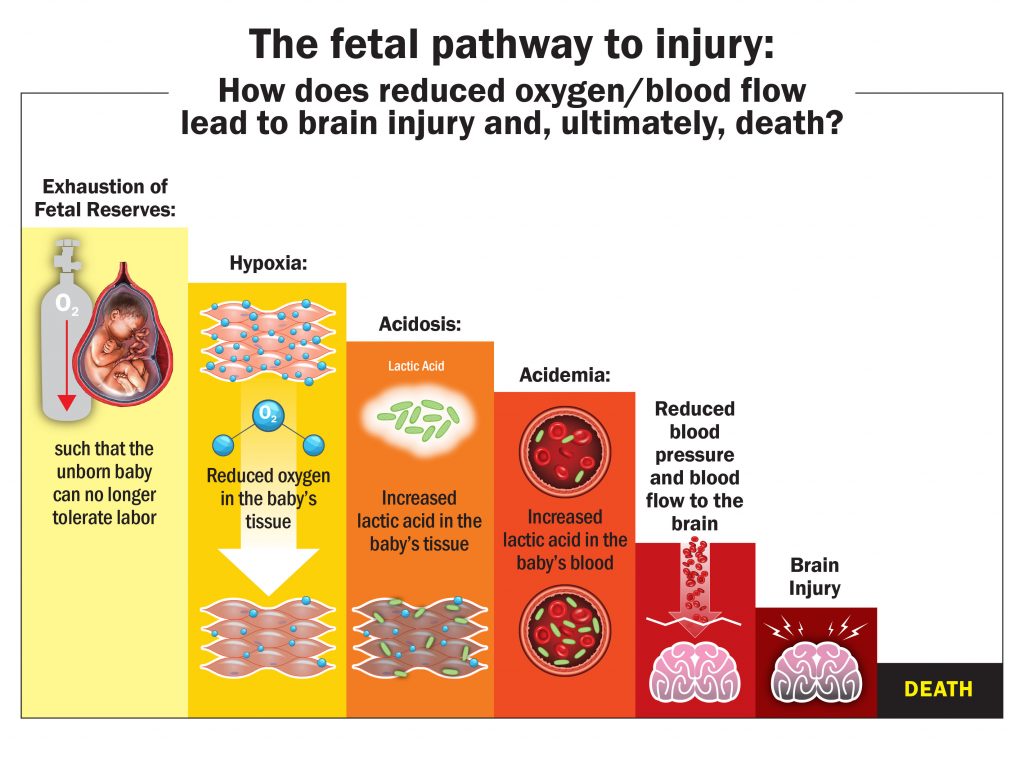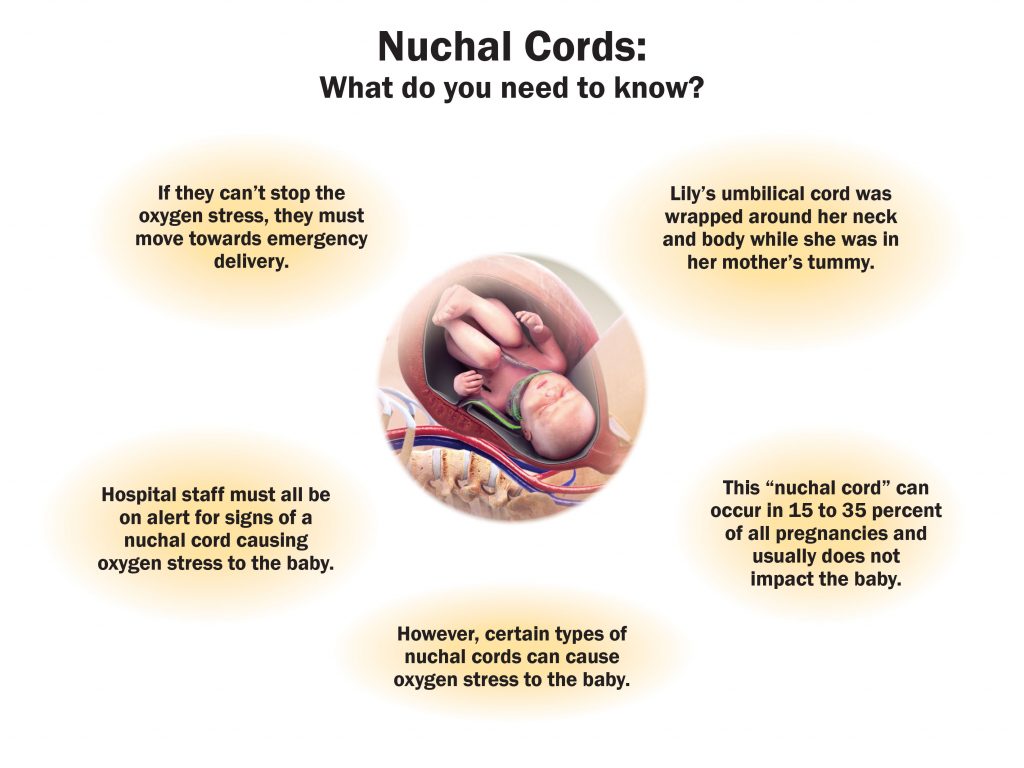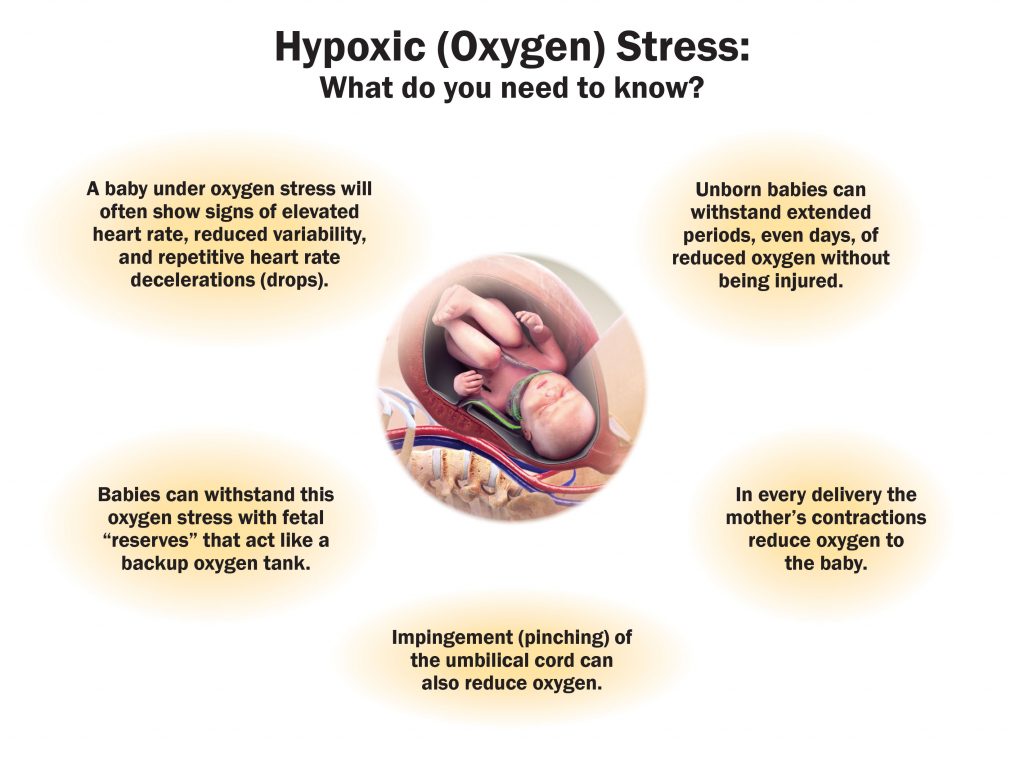In raising a child with cerebral palsy, a condition in which the areas of the brain that control movement are damaged either during pregnancy or birth, a parent may struggle finding activities that suit the needs of her child. Because cerebral palsy can impair a child’s muscles, movement, balance, and posture, it is essential that physical activities, and perhaps even toys, of children with cerebral palsy must be tailored to their needs.
Exercises and Activities
Exercise is just as important for a child with cerebral palsy as it is for any child. In addition to the normal physical benefits of exercise, a child with cerebral palsy will especially benefit from exercise, as it can loosen stiff muscles and strengthen muscle tone–two excellent perks, considering cerebral palsy’s effects on a child’s muscles. Although the child’s doctor or physical therapist will likely have some recommendations for the child’s exercises that are specifically designed to meet his or her needs, Livestrong.com has posted some generally acceptable activities, both outdoor and indoor, for children with cerebral palsy. The website notes that horseback riding is a form of therapy for kids with any kind of disability. It also highlights swimming as a favorable option, as the water is soothing and the buoyancy of the water will relieve bones and joints of any strain. As an additional note, the website also suggests that regular outdoor games, like catch or hide and seek, are also great ways to help a child enjoy the outdoors. For indoor activities, yoga is a recommended exercise, which not only stretches the muscles but also acts as a stress reliever.
Finally, the site discusses “play therapy,” which it describes as “essential for your child’s development” not only because of its therapeutic benefits, but also for its contribution to the development of hand-eye coordination and fine motor skills. And it does not require any special skill or services–to engage in play therapy, a parent simply ensures that the child has access to toys of his preference. Although some children with cerebral palsy may not initially have an easy time of “engaging in spontaneous play,” according to the website Caring for Cerebral Palsy, parental assistance will help them become comfortable. Play therapy is a topic worth its own entire blog entry. But for now, we move on to the next question–what kinds of toys are recommended for children with cerebral palsy?
Toys
Caring for Cerebral Palsy recommends various different toys for children with cerebral palsy depending both on their age range and their preferences. While the full list is available at their website (and they mention that it is not an exclusive list), examples involve physical items (a play mat, building blocks, mirrors, and finger puppets) as well as the parental involvement (imitation and turn-taking, tickling games, and make believe). Fat Brain Toys‘ website includes an entire list of its products that are appropriate and beneficial for children with Cerebral Palsy, which include learning games, such as a 3D Feel-and-Find bag of differently shaped blocks, as well as a “make-your-own” monster puppet. Additionally, ableplay.org notes that most toys can be adapted in minor ways to engage a child with cerebral palsy, opening up many options for parents. Such adaptations including making the objects easy to hold and difficult to slip out of the child’s grip, as a child with cerebral palsy may have trouble gripping some toys.
Overall, with parental guidance, care, and attention, children with cerebral palsy can engage in many activities that make their childhood highly enjoyable and a great learning experience. Tyrone Law Firm seeks to help those whose loved ones suffer from cerebral palsy. If you are seeking legal representation in regards to cerebral palsy, please contact the firm to see what it can do for you.




 Hayley serves as a Labor and Delivery Nurse Consultant for the Tyrone Law Firm. She attended and graduated Cum Laude from the University of Georgia in 2004 with a Bachelor of Arts degree in Journalism/Public Relations. After graduation she moved to the gulf coast where she pursued a career in real estate and development.
Hayley serves as a Labor and Delivery Nurse Consultant for the Tyrone Law Firm. She attended and graduated Cum Laude from the University of Georgia in 2004 with a Bachelor of Arts degree in Journalism/Public Relations. After graduation she moved to the gulf coast where she pursued a career in real estate and development.


